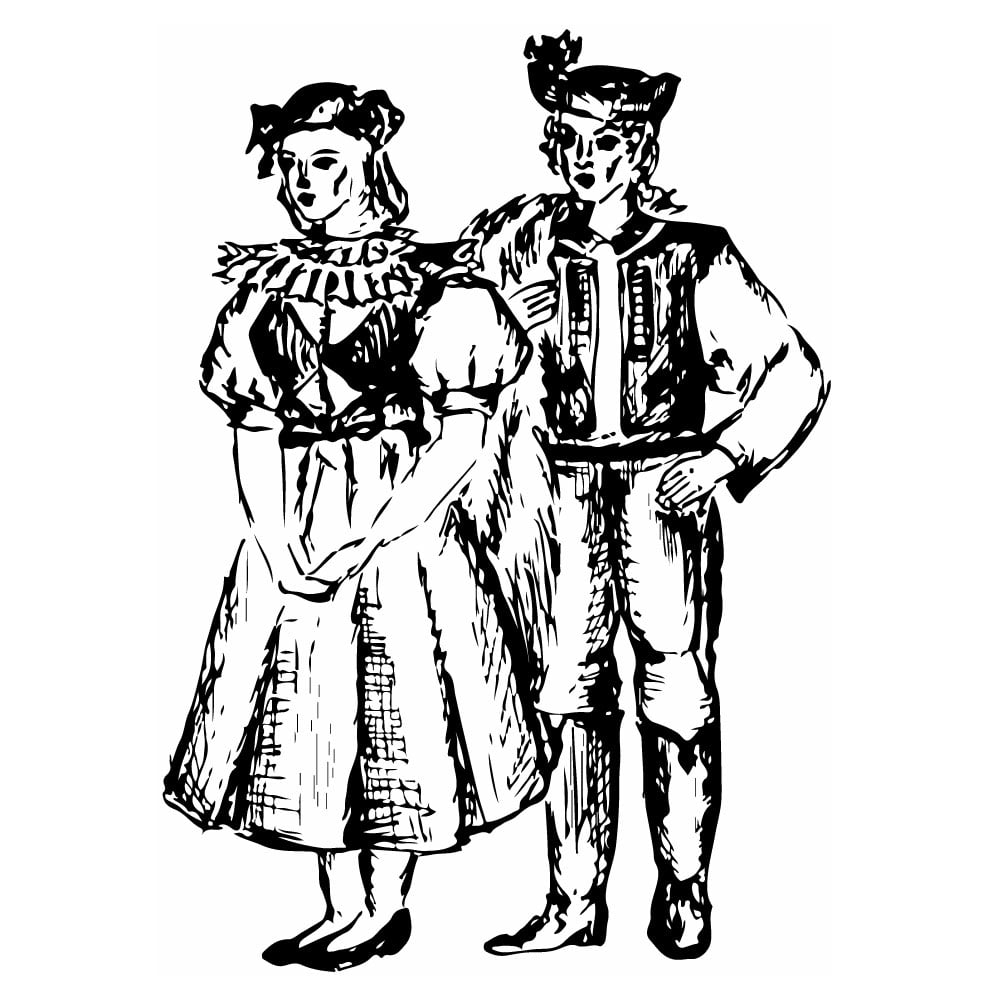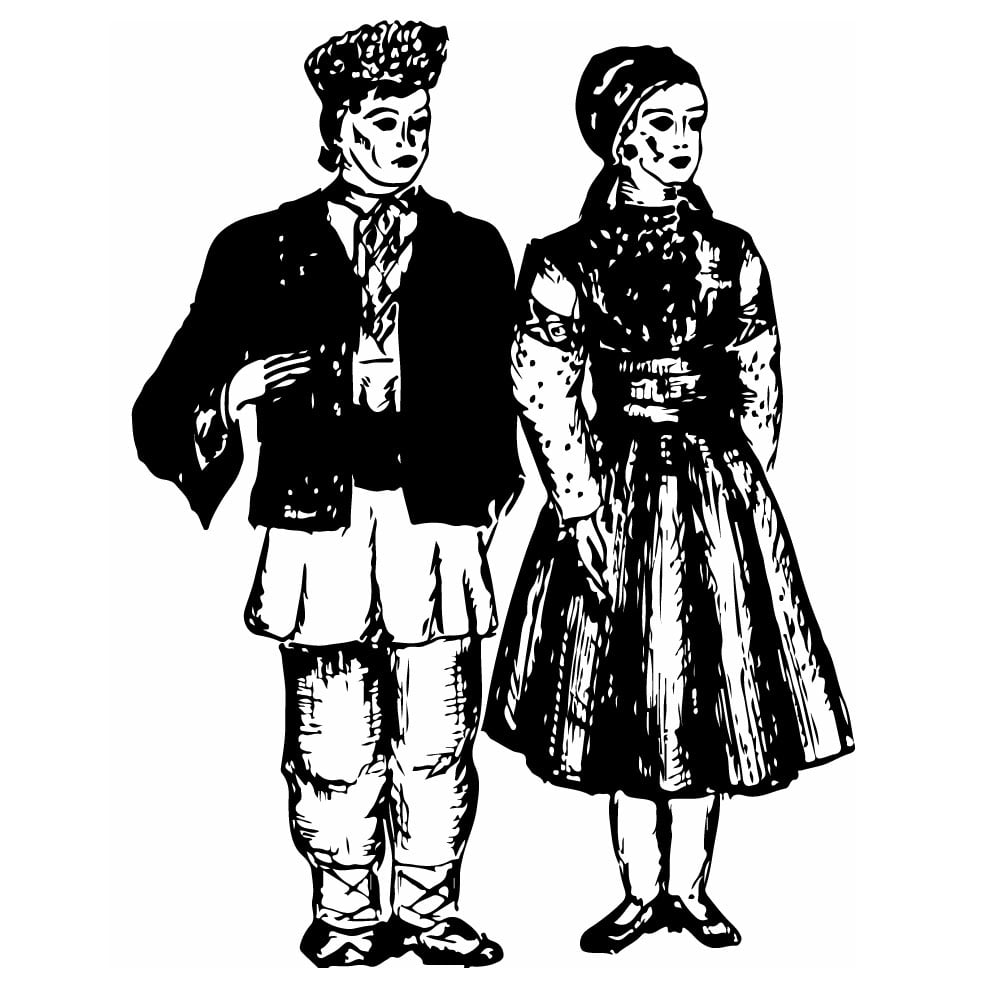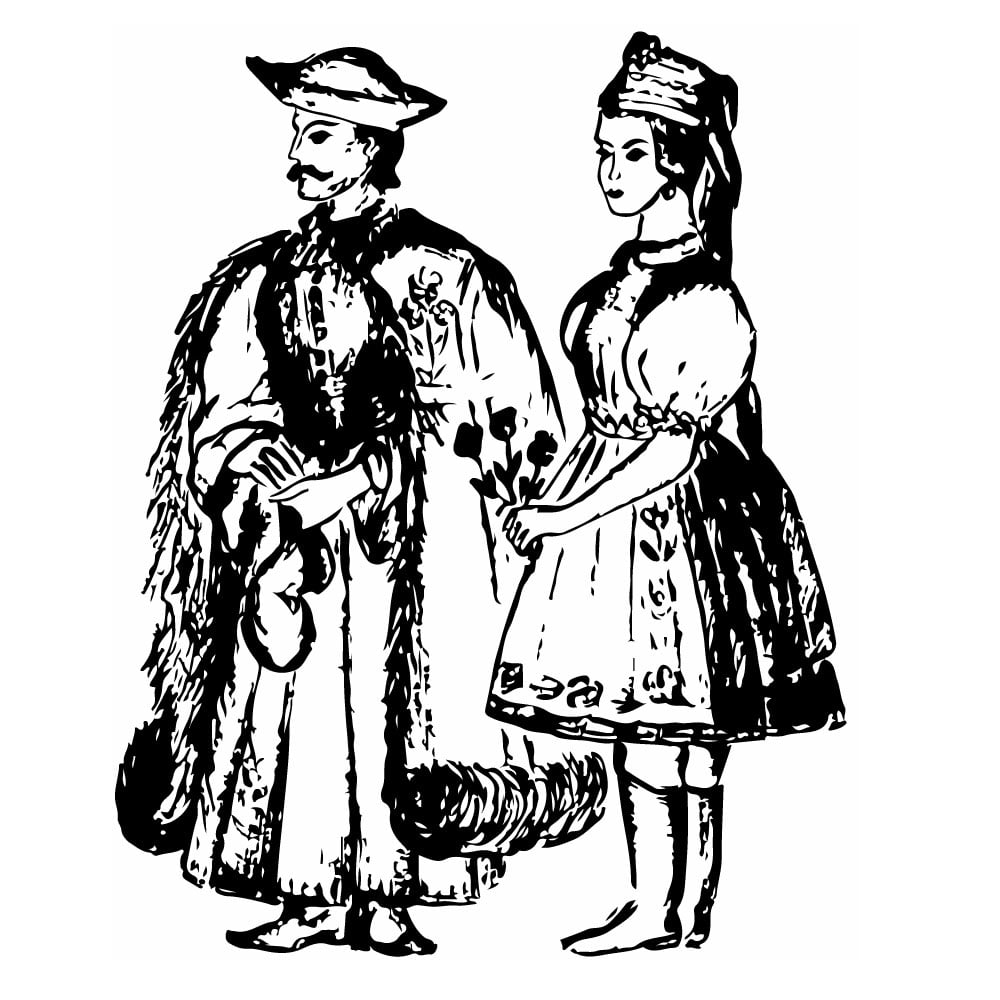Jews
| Population | 1,378,000 |
| Language group | Germanic |
| Language | Yiddish |
| Region | The whole territory of the CIS; the Jewish Autonomic Region |
| Center | Birobijan |
| Religion | Judaism |
*Population estimates for 1994
The name of the people “Hebrews” traditionally is worked out of the ancient word “ebry” which is from the descendants of Eber, their legendary ancestor or forefather. Later, especially in the countries of the Western Europe, the new term “Jew” means “the inhabitant of” the ancient Hebrew state “Judea,” which was situated in the southern part of Palestine spread. The name of the Jewish religion, Judaism, developed from the same root. According to the data of 1989, the Jews count nearly 1,378,000 on the territory of the CIS, including 486,000 in Ukraine, 112,000 in Belarus, 66,000 in Moldova, and the rest predominately in the European part of Russia. The bulk of the Jewish population live in cities.
The ancient Hebrew language was only partly preserved by the elder generation of the Jews in the CIS. Yiddish, which goes back to the medieval eastern Middle German dialect, is considered to be the colloquial speech of the Jews in the CIS.
For the first time the Jews appeared on the territory of the today’s CIS back in the epoch of the Kievan Rus. In the tenth century they lived mainly in Kiev, where they came from Crimean Greek colonies and Khazar districts. At that time, the top of the Khazar society confessed Judaism, and that’s why the Jewish missionaries and explorers visited Khazar lands.
In the mass, the Jews appeared in Russia only after the division of Poland in the eighteenth century, when the part of Polish lands and Lithuania, where the Jewish population was rather considerable, was joined to Russia.
The policy of isolation and anti-Semitism, held by the tsarist government, promoted the preserving, by the certain part of the Jews, of their medieval public institutions and, first of all, the Jewish community (“the kagal”). The community came out in the role of the defender of its members before the oppression of tsarist officials, worked for charity, had its court (“bitdin”), where affairs were solved according to the Jewish canonic right. All that promoted the reticence of the Jewish community and, still more, made worse the deprived of civil rights situation of the Jewish population, among which the discontent began to grow.
In the seventies of the eighteenth century, it poured out into the specific reformation movement, or Hasidism, which pointed against the bookish religion and the rabbis’ teaching. According to their idea, the main point is in the communication with God.
The development of capitalism in Russia influenced the position of the Jews. Craftsmen and small merchants went bankrupt and enlarged the ranks of Russian proletariat. In its turn, the new current, Zionism, appeared among the Jewish intelligencia and bourgeoisie. The Zionists propagandized the migration of the Jews to Palestine and creation of a super class state there.
The peculiarities of the life conditions of the Jewish population at the previous times were largely caused by the religious instructions of the Judaism and the position in tsarist Russia. In some cities, they first tried to settle closer to one another, creating the special Jewish blocks. Later on, this condition was legislated; moreover, they were forbidden to settle outside those blocks. The peculiar Jewish Ghetto was being created.
The Jewish position changed after the revolution of 1917. They became citizens, enjoying full rights. The Jews of the former USSR obtained their autonomy; the Jewish Autonomic Region was founded in Birobijan in 1936. The Jewish population suffered heavy losses during the Great Patriotic War (WWII) because of the race policy of the German fascists, who destroyed hundreds of thousands of the Jews.
This is Ad 1




























